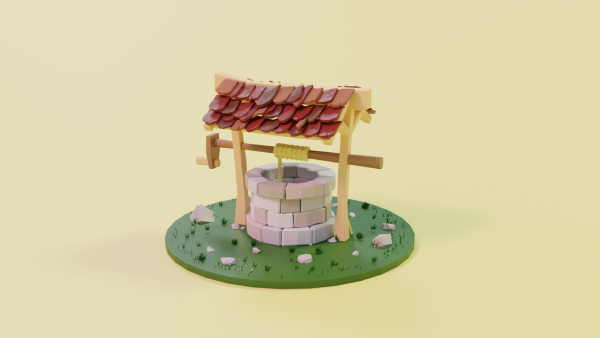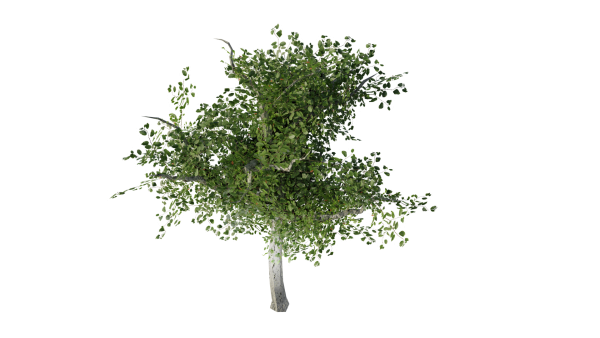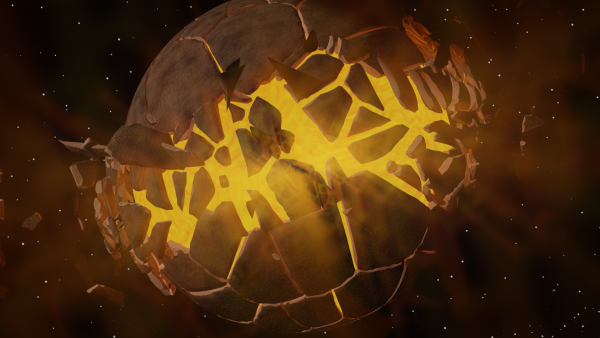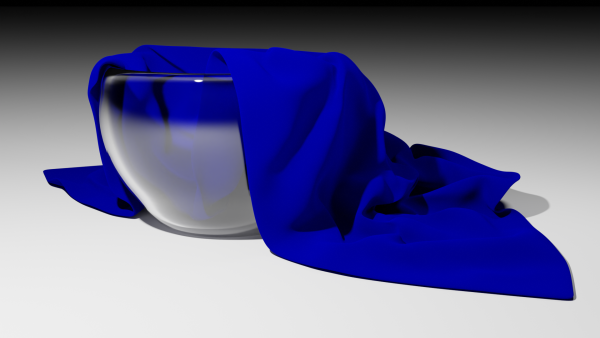3D Modeling
I essentially do my 3D Modeling with Blender 3D for now.
Sections
Useful Add-ons
- Extra Meshes : Gives access to more primitives in the Add Menu (
SHIFT+A)
- Rigify : Very handy for rigging humanoidss or basic animals
- Node Wrangler : Provides useful tools for working with nodes
Useful Tips
Quick Favorites
- Right click on an item in the top menus of the viewport and select Add to Quick Favorites : makes them available in the Quick Favorites menu (
Q)
Low Poly
- Solidify + Decimate modifiers work well together to give jaggedy looks to objects and land parts.
Setting Origin Point
- In Edit mode set the 3D cursor to a selection (Vertex/Edge/Face) with
SHIFT+Sthen in Object modeRIGHT CLICKand Set Origin > Origin to 3D cursor.
To Sort and properly dispatch
Everything below needs to be sorted out and included in the above sections.
Cut out windows and doors using the knife (K) tool in the base object. Then select the edges, duplicate and move them outwards, scale them down a bit, separate to make a new object, in that new object in edit mode extrude outwards and then add a solidify modifier. Take care that your normals are facing the right way. If you have mirrors not applied be sure to activate clipping so that the points on the mirror axes don't separate from each others when scaling down.
Careful : Rotations in edit mode do not apply a transformation relative to global axes. It's better to rotate in object mode so the local axes are preserved.
Once shapes have been modeled out, it can be handy to scale by the normals using ALT + S
Careful when using mirror modifiers, if you move in object mode it moves both sides in the same direction along the given axis because it moves the object center around which the mirror is calculated. If you move in edit mode it moves the selection relative to the given axis effectively copying the move on the mirrored side.
When using shapes to cut out mesh in other shapes using the Boolean modifier it is handy to switch the viewport display of the shape being used for the cut into wireframe to see things better. This is done in the Object properties under Viewport Display tab. Don't forget to also toggle it off of the Render in that case.
Don't forget to organize your scene into collections that are easy to manage. Unless you are in a workflow where other people will also work on your models in fine detail it is generally a big waste of time to rename each mesh object in your scene. Collections are there to organize your scene into meaningful elements that you can quickly hide/reveal and or select.
For pavings its better to work with a plane and solidify modifier than with meshes as you don't have to worry about thickness ; don't forget to apply scales as the thickness will be affected by the changes in scale as you duplicate and randomize these objects.
Poke faces is useful for creating a collection of triangles on a big N-gone like circle shape.
Applying modifiers is really up to you and depends on if you need to edit the full mesh (in which case apply) to break symmetry
When beveling you can press CTRL + B and then V to bevel a vertex and create a triangle face where the vertex was. Direct shortcut is CTRL + SHIFT + V. When beveling vertices, use J to join opposite vertices that were created to re-triangulate the faces and correct the geometry.
Scultping
Workflow
Start by remeshing : SHIFT + R to choose voxel size then CTRL + R to remesh.
A handy shortcut to toggle selection between objects in Sculpt Mode is to hover over the object you want to select and then ALT + Q
Face count
A good figure to start sculpting is anywhere in the tens of thousands of faces for small features and hundreds of thousands for large features. For very detailed sculpting, modelers often go into the tens of millions of faces but this does require an adequate machine (High end CPU & GPU and 64 to 128 GB of RAM).
Collection & Links
Appending a file to another allows you to bring in any collections from the original file you want to import from. The collection is brought with all it's objects and is more editable.
Linking on the other hand imports a collection as a single object. Note that the origin point for that object will be the world origin from the original file, so if the collections are not centered on that world origin it will be offset when you link it. Also note that the link is not dynamic so any change made to the object in the original file will not update in the other project until the first one is linked again.
Models
Low Poly Cottage
Preview coming soon.
Low Poly Well
Recap
- Modifier to create a circle with basic shapes : create a line of stones and Modifier > Simple Deform > Bend (360°).
- Use a lattice to parent an object or group of object to follow modifications made to the lattice (bends and such)
Low Poly Tree
Recap
- Quick extrude
CTRL+RIGHT CLICKin Edit Mode to get trunk and branches - Use Image as plains addon to create a branch from an image with a transparent background
- Add a particle system to multiply that branch using vertex group to focus it only on the branch and not on trunk + with a lot of random scale/rotate it gives a realistic impression
- Texture the bark of the tree
Cracked Planet
Recap
- Cell fracture add-on
- Basic particle system
- Basic mix shader materials with voronoi displacements
- Compositing node with backdrop to use a render image as a ghost to draw gas around the planet
Cloth Simulation
Recap
- Cloth animation to render cloth materials (choose the frame where you like it)
- Basic glass materials and basic lighting
Painting Displacement on low poly meshs
Making Spiral meshes
Use addon tool : Add Curve : Extra Objects.
- Add an Archemedian curve spiral.
- Tweak the Turns, Steps, Radius Growth and Height properties before validating the spiral.
- Go into the Data panel and under Geometry > Bevel add some Depth. Activate Fill Caps option.
- Convert the curve to a mesh and go sculpt.
Exercises
Useful shortcuts
Mesh Editing
ALT + S: Scale along normals in Edit modeSHIFT + N: Rcalculate NormalsSHIFT + D: Duplicate selection (unlinked)CTRL + B: Bevel (edges)CTRL + SHIFT + B: Bevel (vertices)O: Toggle proportional Editing ON/OFFCTRL + R: Add loop cutCTRLwhile moving objects : Applies snapping (if snapping is disabled) or disengages snapping (if snapping is enabled)CTRL + X: Dissolve selection (Vertex/Edge/Face)
Object Mode
CTRL + A: Apply menu to apply scales, rotations, etc.H/ALT + H: Hide / Unhide objects
Selection
CTRL + Right Click & Drag: Lasso select (according to object centers) in Layout ModeCTRL +/-: Select more / less of mesh (based on a first selection of faces, edges or vertices)SHIFT + S: Cursor selection pie menuCTRL + Click: With a vertex selected will auto-select shortest path to the target vertexL: Select linked mesh (useful when hovering over meshes that intersect but are different objects)
Sculpting
SHIFT + R: See & Change Voxel Size of RemeshCTRL + R: Apply Remesh




